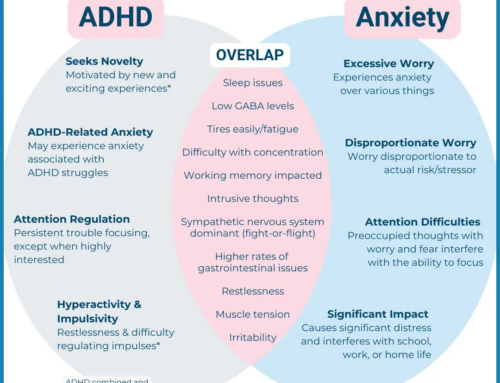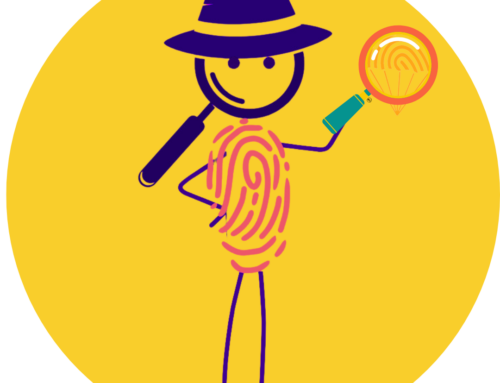We’re in the early days of the 2020-2021 school year, and many of us are settling into our routines. Others are struggling to get into the school year groove after a six month hiatus from the traditional school setting. And as I visit with friends around the firepit, I’m hearing a mix of “this is going the way I want it to” and “this isn’t going the way I want it to.” Insert emojis as appropriate. Sound familiar?
Today, I’m hoping to move us all a little bit closer to “this is going the way I want it to…” for your students and for your families. The following questions listed are framed in relation to learning, but we adults can use them in relation to the priorities we define for our lives.
We can gain critical traction toward “this is going the way I want to” when we find answers to two basic questions. These questions are, in fact, so important to our human development that they form the theme for our year at Yellow Parachute Academy. The questions are:
- How do I know what I need?
- How can I get what I need?
Let’s look at how to begin answering these two questions in order to help your family find collective success this year.
How do I know what I need?
Our students may not know what they need at first, but they can start by listing the things that annoy them or are hard versus the things that are easier or come more naturally. Other ways to ask: What, specifically, is working for you right now, and what isn’t? What are your strengths and frustrations? When is your student locked-in and motivated, when do they struggle to focus? And when are you most frustrated with their habits? Frustration signals a need, so pay attention to frustration.
Students can dive deeper into understanding what they need by asking three questions in relation to how they learn:
- How do I best get information?
- How do I best stay motivated to get my work done? What keeps me motivated?
- How do I best show what I know?
For example, for the question of “how do I best get information,” you want to know how your student best takes in the information they are asked to learn. Is it through reading? Videos? Lecture? All of the above? Which modes give the student maximum results with minimum effort? What do they need to do to take notes, summarize information, and make sure they’ve gotten what they need to move to the next step? Once again, it’s also important to pay attention to what makes your learners irritable or content and examine what’s going on in their bodies at these times. This may provide the most powerful information to start.
Next, “How do I stay motivated to learn?” What are the factors that increase or decrease motivation in completing assignments? How does a student stick with a difficult math problem to figure it out? Read or reread notes to apply the concepts to homework? Often, staying motivated may be environmental/physically related. It’s also dependent on learning style. Does your student need to use flash cards? Talk through information? Write it down? Or build in study breaks every 20 minutes? If your students are in a distance or hybrid learning model and they need to get out of your house and go to a place where they can focus, we can help.
Third, “How do I show what I know?” There are 12 abilities that today’s students need to succeed in their careers during the Information Age. They’re known as 21st Century Skills and they are: critical thinking, creativity, collaboration, communication, information literacy, media literacy, technology literacy, flexibility, leadership, initiative, productivity, and social skills. When information is easily at our fingertips (hello Google!) these skills are less about memorization of facts, and more about how you work with the information you know, to apply it to what you need to know. When a student chooses from this menu to demonstrate skill in a particular area, the assignment changes purpose from simply “getting it done,” to demonstrating and practicing a skill that is relevant to their future success. Which of these skills are strengths and which could use further flexing in your students muscle development?
And so we shift from, “How do I know what I need?” to “How do I get what I need?’
How do I get what I need?
Getting what you need sets students up beyond checking the boxes that the assignment is done; it helps students gain freedom in exploring and choosing the path that they will take after high school. Why? Because it moves self-understanding from a once-a-year “interest inventory survey” to a continuous internal dialogue. When they’re able to summarize “where they are” by answering questions that help understand what they need, and how to get it, students can visualize the tools to “get where they want to go.”
And Yellow Parachute is here to provide the tools, guidance, and practices, along with the growth-mindset and grit training, to help students get where they want to go.
We are preparing today’s students for jobs that don’t exist yet. Due to exponential increases in technology, machines are taking over many of the tasks that humans have done in the past, with one exception: machines can’t think like humans. The idea behind the 21st Century skills is how do you as a learner set yourself apart from a machine so you can get a good job, do what you want to do, and be successful.
We’ve got a great, coffee shop like atmosphere space in The Chaska Mill where your high school students can get away from the distractions of home and study, all while under the watchful eye of our Yellow Parachute Certified Learning Coaches. Regardless of if you’re looking for a place for study groups, learning pods, learning with friends, project work or teacher support, this is a great place for kids to get out of your house and get what they need!
My wish is for everyone to have a Here’s to a terrific 2020-2021 school year that exceeds expectations in ways that they haven’t even thought of yet. As always, if your student or family has a need, please contact me. Yellow Parachute looks forward to jumping in with you!
Cara Thorpe
Founder & Visionary
Yellow Parachute Learning Partners
www.yellowparachute.com
612-361-7266








